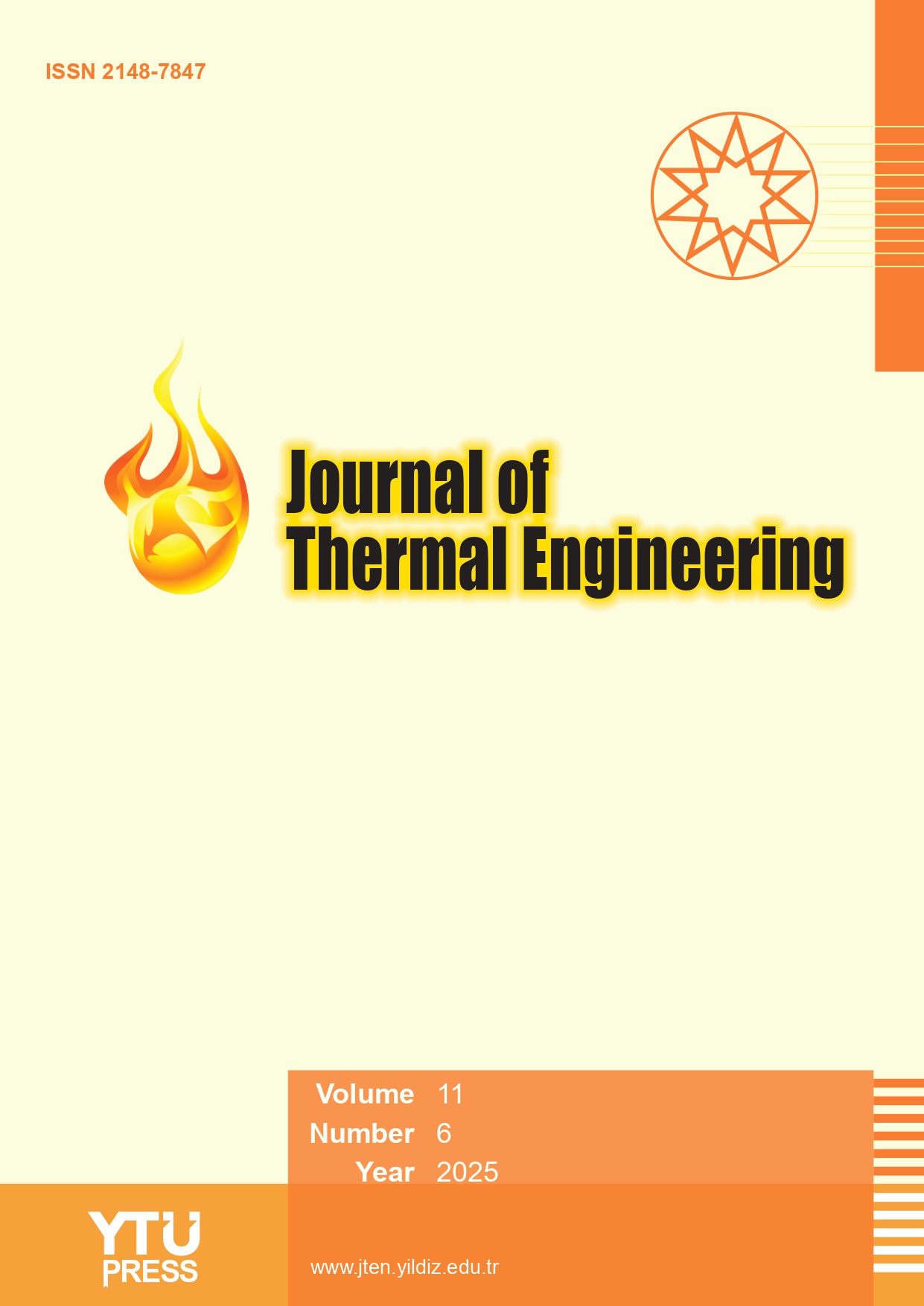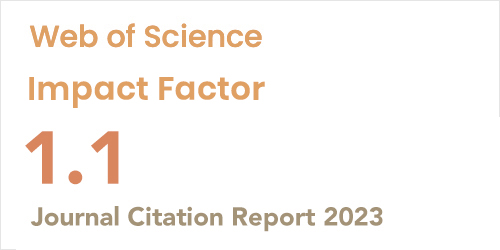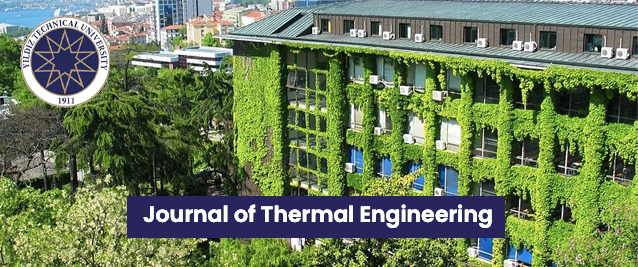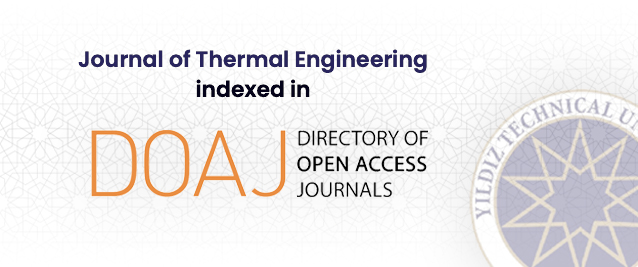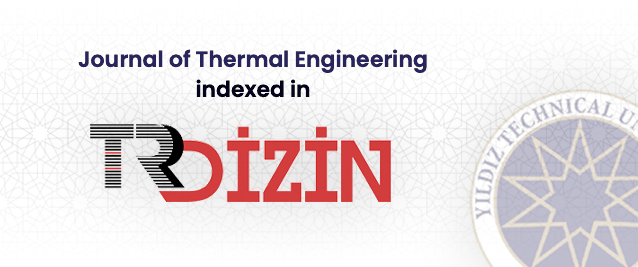2Laboratory of Materials and Mechanics of Structure L.M.M.S,University of M'Sila, M’Sila, 28000, Algeria
3Laboratory of Water, Environment and Renewable Energies Laboratory, Med Boudiaf University, M’Sila, 28000, Algeria
4Department of Mechanical Engineering, M’Sila University, M’Sila, 28000, Algeria; Laboratory of Materials and Mechanics of Structure L.M.M.S,University of M'Sila, M’Sila, 28000, Algeria
5Department of Mechanical Engineering, M’Sila University, M’S; Laboratory of Water, Environment and Renewable Energies Laboratory, Med Boudiaf University, M’Sila, 28000, Algeriaila, 28000, Algeria;
Abstract
Within the field of environmentally friendly electricity generation, parabolic trough con-centrated solar power (CSP-PT) technology is acknowledged as one of the most efficient and practicable options. The current research employs the System Advisor Model (SAM) software to assess the viability of establishing a CSP facility utilizing parabolic trough tech-nology, akin to the Andasol-1 power plant in southern Spain, within the M’Sila region of northern Algeria. It also statistically identifies the meteorological factors that most signifi-cantly influence Andasol-1’s performance in M’Sila and models its operation based on them. Furthermore, it compares Andasol-1’s performance across a range of locations reported in the literature. When the Andasol-1 power plant with a capacity of 50 MW is installed in M’Sila, it generates electricity year-round from 11:00 a.m. to 5:00 p.m., with an average
output ranging from 25 MWe to 52 MWe. It can reach 17 hours of production, or even more, from March to September due to the favorable weather conditions and energy storage sys-tem (TES). The electricity generation increases with Direct Normal Irradiance (DNI) and ambient temperature, while it decreases with relative humidity. These variables collectively explain 98.2% of the electricity production variance in M’Sila (R² = 0.982), underscoring the significance of the linear regression model proposed. When Andasol-1 is erected in Kuwait, Tataouine (Tunisia), or at its true site (Spain), it produces less electricity annually than M’Si-la, Tajoura (Libya), and Ma’an (Jordan). Furthermore, M’Sila’s climate is the second most favorable for Andasol-1, after Jordan’s, since it can generate 177.22 GWh of power annually there, exceeding its actual location. Climate change allows for the installation of solar power plants in northern regions as well.


